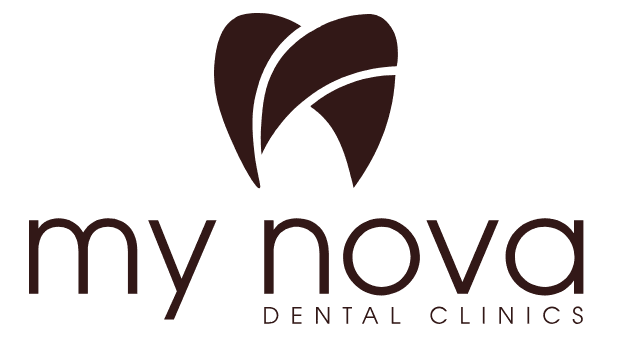A. SOCIAL RESPONSIBILITY PROJECTS (Community Health Focused)
Social responsibility projects aim to share the clinic’s expertise with disadvantaged or at-risk groups in society.
1. “Smile of the Future” School Screenings
Target Group
Primary and preschool students, schools in disadvantaged areas.
Activities and Expected Impact
Conduct free dental screenings in schools with dentists and assistants. Provide training on proper brushing techniques and healthy nutrition habits. Distribute toothbrush and toothpaste sets.
2. “Barrier-Free Smiles” Treatment Support
Target Group
Individuals with disabilities and their families, children under state protection.
Activities and Expected Impact
Collaborate with relevant associations to provide free or discounted treatments (fillings, extractions, preventive care) for eligible individuals. Raise awareness for cases requiring general anesthesia treatment.
3. Education for Risk Groups
Target Group
Pregnant women, individuals with chronic illnesses (diabetes, heart conditions, etc.), and the elderly.
Activities and Expected Impact
Organize online seminars or in-clinic information sessions on topics such as pregnancy and oral health, and the effects of diabetes on oral health.
4. “Smile Ambassadors” Awareness Campaign
Target Group
General Public
Activities and Expected Impact
Publish short informative videos or posts on social or local media about smoking, sugary foods, and oral cancer risks.
5. Monthly Tree Planting on Behalf of Implant Patients
Target Group
Our patients receiving implant treatment
Activities and Expected Impact
Plant trees each month through the TEMA Foundation on behalf of patients who have received implant treatments.
B. SUSTAINABILITY PROJECTS (Environmental and Corporate Governance Focused)
Sustainability projects ensure that the clinic maintains long-term viability while taking responsibility for environmental protection and resource efficiency.
1. Mercury/Amalgam Recycling
Field
Environment (Waste Management)
Activities and Expected Impact
Collect amalgam filling waste (classified as hazardous due to mercury) in accordance with legal regulations and deliver it to authorized recycling companies using a zero-leakage principle.
2. Reduction of Single-Use Materials
Field
Environment (Plastic Usage)
Activities and Expected Impact
Switch to biodegradable or autoclave-safe reusable products where possible (e.g., replacing plastic cups with paper cups, or using disinfectable holders).
3. Digital Transformation of the Clinic
Field
Environment (Energy and Resources)
Activities and Expected Impact
Digitize all patient files, appointment, and billing processes to reduce paper consumption by 80% annually. Transition to energy-efficient LED lighting and motion sensor faucets.
4. Local Supply and Collaboration
Field
Social & Governance
Activities and Expected Impact
Collaborate continuously with local dental associations, universities, and dental laboratories to support the local economy and strengthen regional expertise.
5. Employee Well-being and Ergonomics
Field
Social & Governance
Activities and Expected Impact
Provide ergonomic training and regular stretching breaks to reduce occupational strain and long-term musculoskeletal risks for clinic staff.
C. MONITORING AND REPORTING
To ensure transparency in sustainability and social responsibility, these projects are regularly monitored.
Reporting: An annual summary of social responsibility activities (number of people reached, total volunteer hours) is published on our website.
Monitoring: Environmental metrics such as waste management, energy, and water consumption are measured regularly and evaluated during Executive Board Meetings to track goal achievement.


